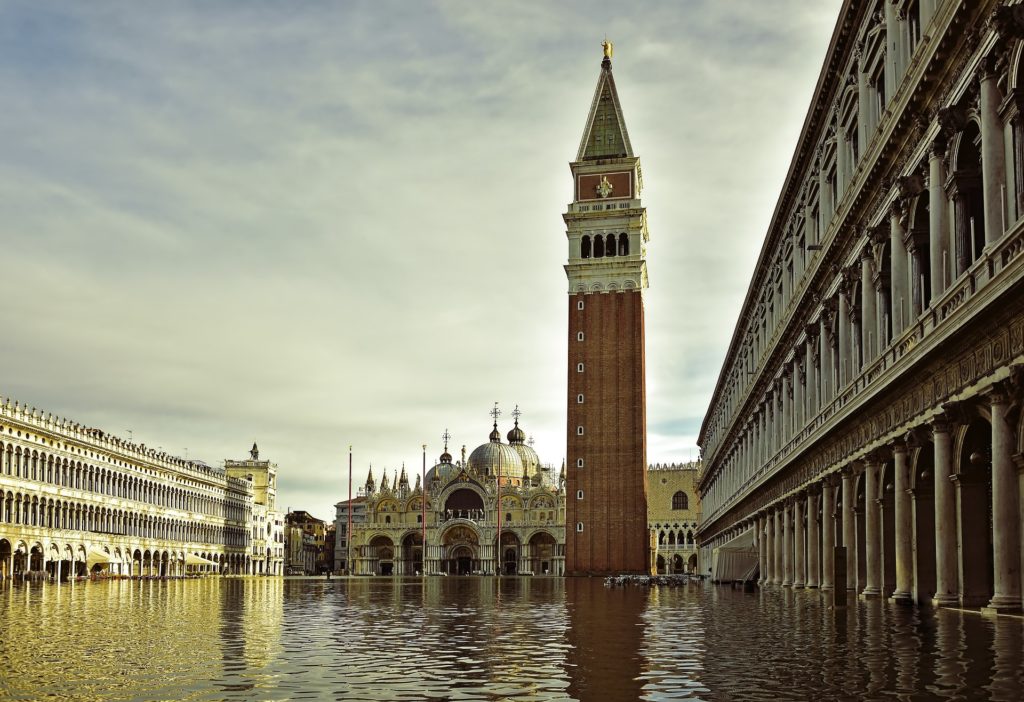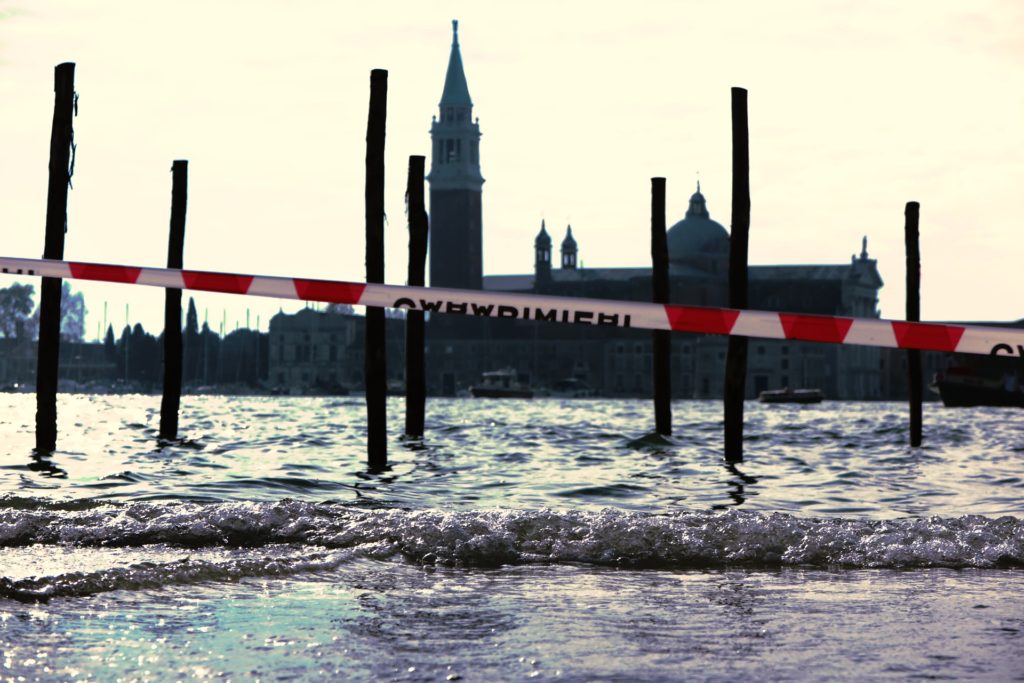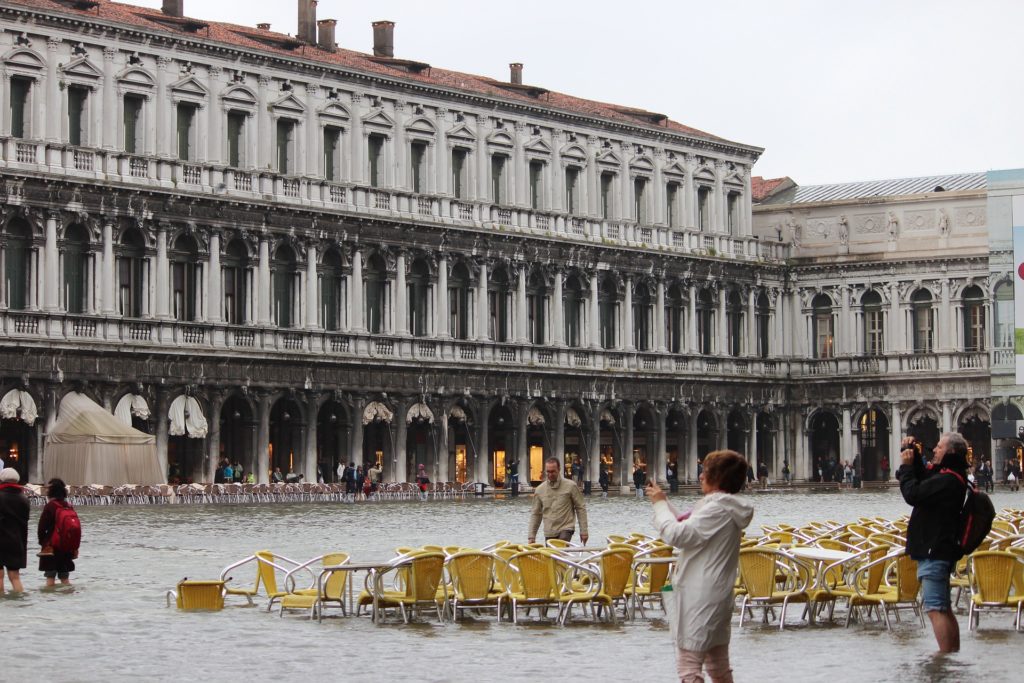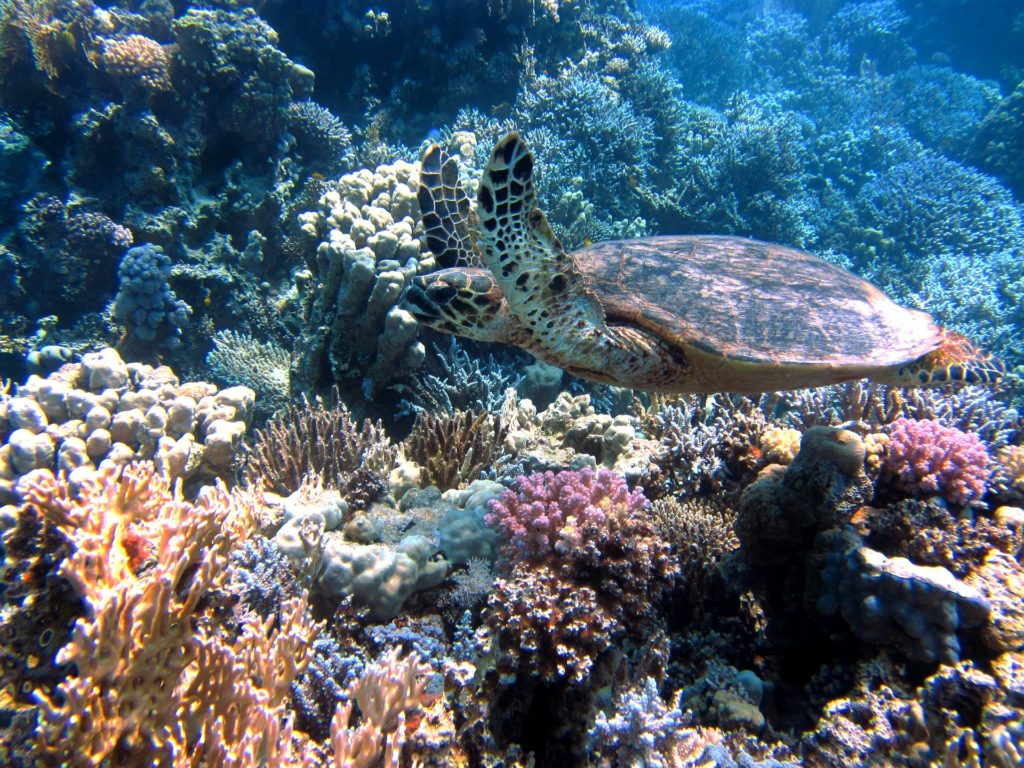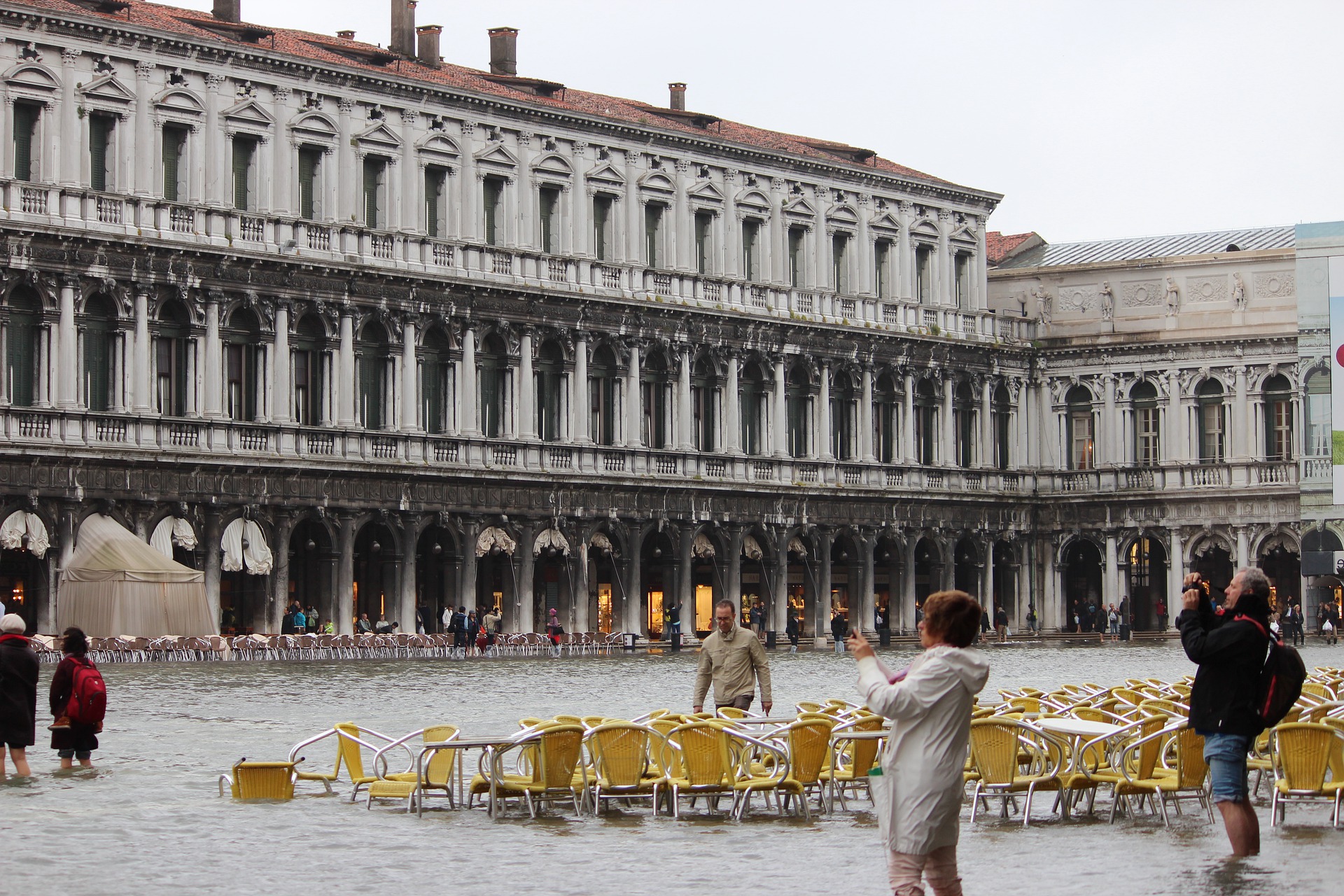
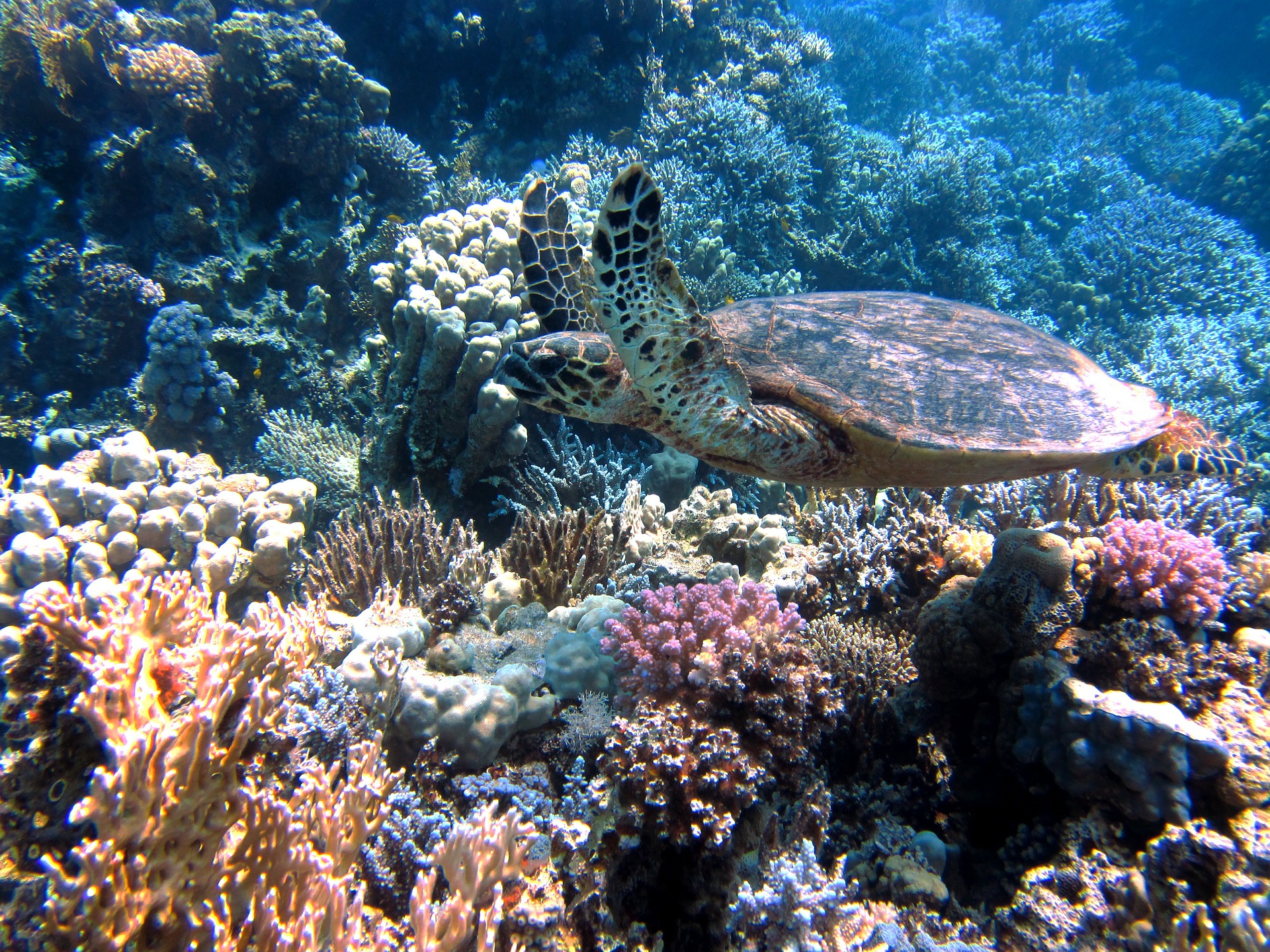
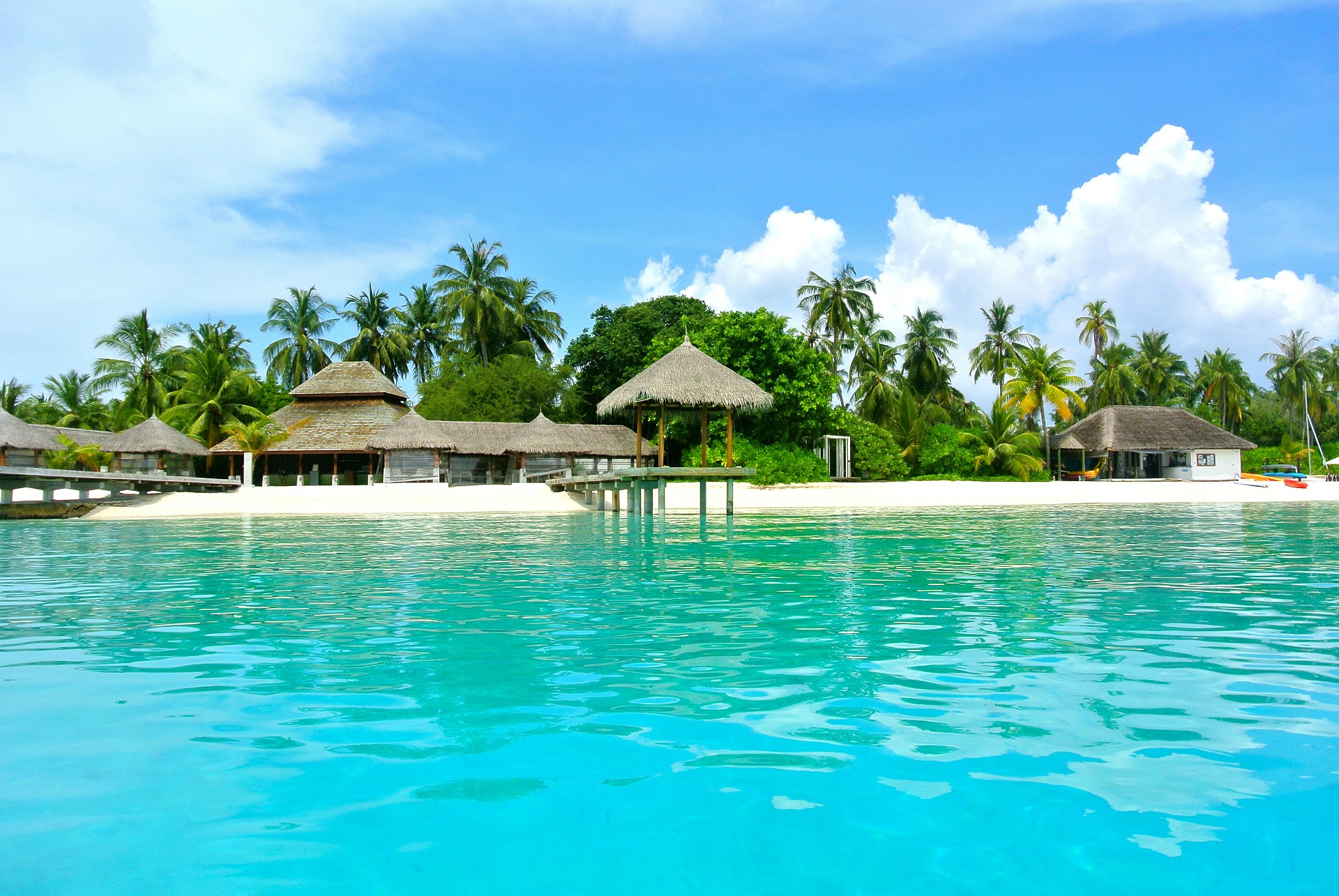
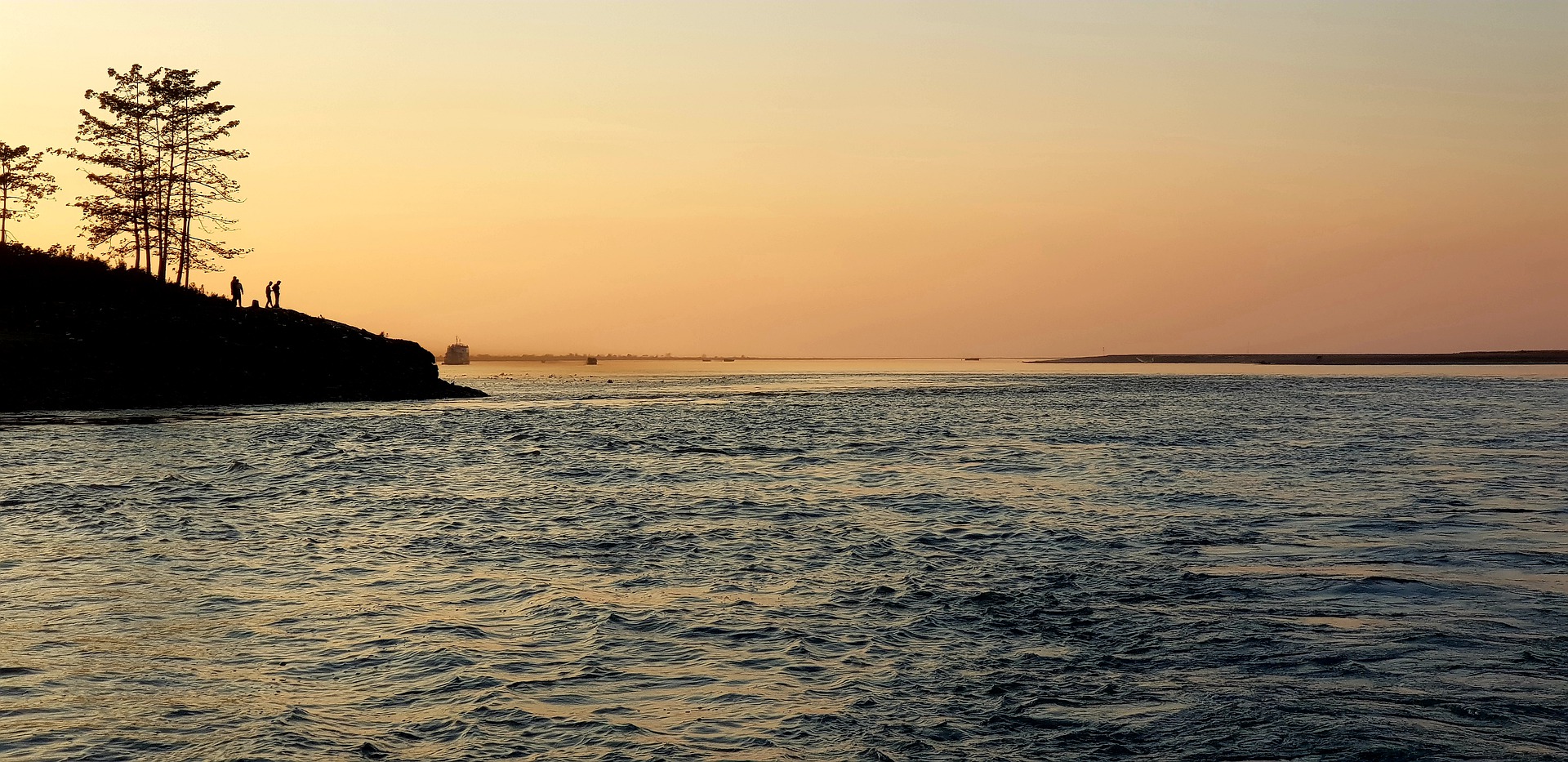
Beautiful Places Humanity Will Have Destroyed By 2100
I want to be able to tell you that you have all the time in the world to go and explore other countries and cities. I want to say that historic landmarks like the Great Wall of China, which has stood on this Earth for thousands of years, will be here for thousands more. I want to believe that one day I will take my children along the canals of Venice for gelato in St Mark’s Square, or that we will find a way to preserve the mesmerising colours of the Great Barrier Reef before it turns white and can no longer shelter the 1,500 species of fish that inhabit it.
I want to be able to write about all of these things; but, as a journalist, I have a duty to be honest. Here are just some of the beautiful and remarkable places that humanity will have destroyed by the end of this century.
Majuli Island
Majuli Island in Northeast India once held the record for being the world’s largest river island, however, it has since been stripped of this title. Majuli Island has lost over 60% of its landmass over the last 100 years, as the rushing waters of the Brahmaputra River continue to erode the island’s shores. While land erosion is a natural process, the erosion of Majuli Island is rapidly accelerating due to climate change caused by humanity. So, why is this happening? Is Majuli Island home to an armada of factories and power stations that are causing the swift downfall of the island and all those who have made their homes here?
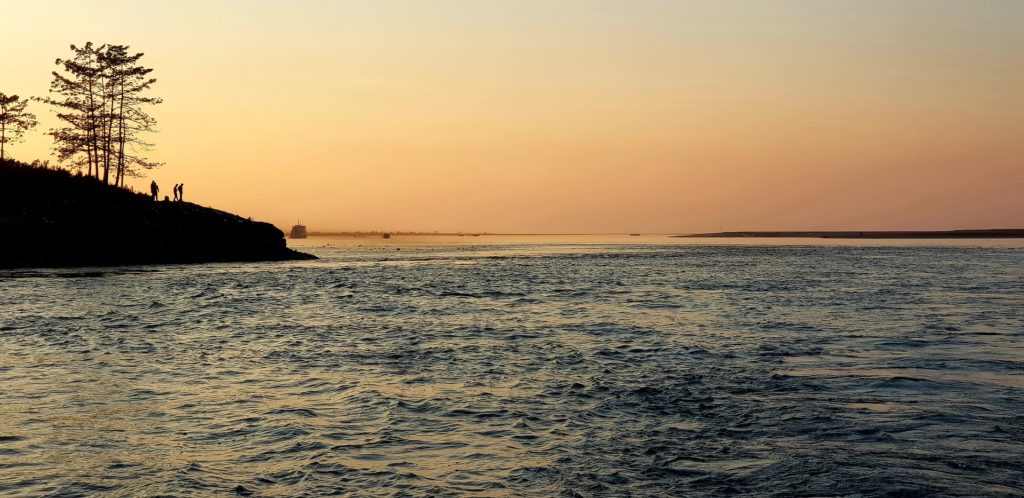
Actually, it’s a largely untouched natural paradise, filled with verdant forests and lush grasslands. The island is home to tribal and agricultural communities and didn’t see its first mobile phone until 2009. Locals are still in the process of building roads and bridges to traverse the forests and navigate through the greenery. The destruction of Majuli Island is being caused by the rising temperatures of our planet which are melting the ice caps of the Himalayan Mountains. This increases flooding and the river levels, as well as generating more sporadic weather patterns – all of which is a huge danger to Majuli’s sandy shores. The loss of land is catastrophic for those living there.
Land needed for agriculture is being decimated and the unpredictable weather threatens the survival of crops. Majuli Island is also a place of spiritual significance and is the religious hub of Assam. 65 Satras once stood on Majuli Island, but as a result of constant flooding and erosion, only 35 remain despite attempts to move the Satras to safer areas. Homes are having to be rebuilt, elevated by bamboo stilts to protect them from floodwaters, but for some it is too late. More than 9,600 families have lost their homes to the raging Brahmaputra River within the last 45 years, and surveys report that the island will reach a state of desolation in fifteen years.
The Maldives
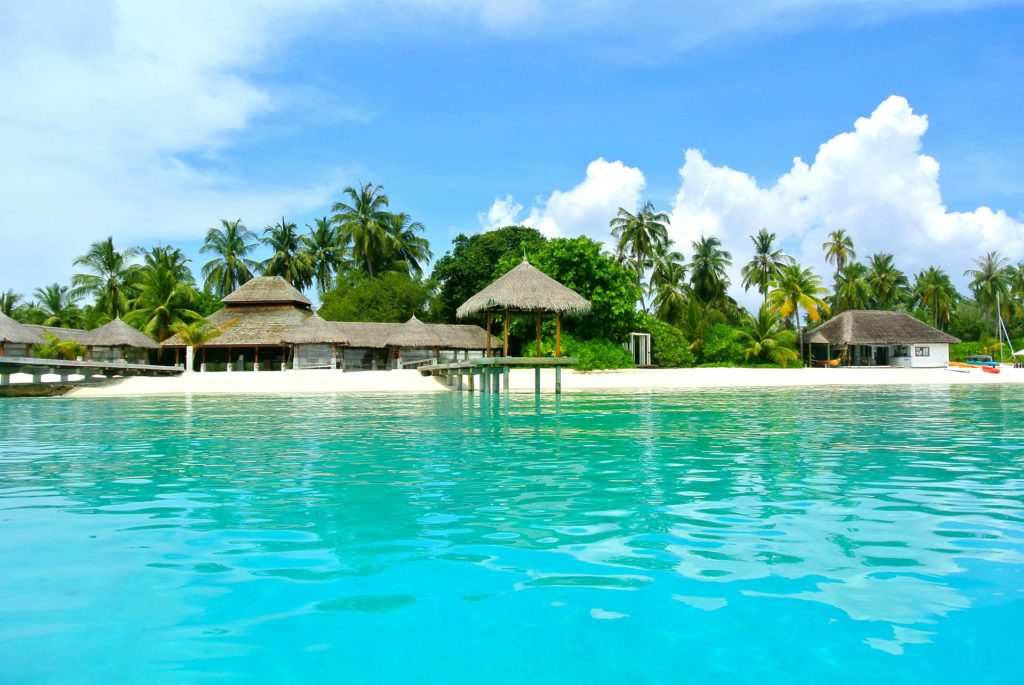
The Republic of Maldives is a collection of islands that span 510 by 80 miles in the Indian Ocean. There are 1192 islands in the Maldives and almost 200 of them are inhabited, with a population of 450,000 people. Each island is a tropical paradise with white sandy beaches, beautiful coral reefs and tropical forests.
The Maldives is famous for its unique geography; the atolls formed from prehistoric volcanoes which gave way to fringed coral reefs after becoming extinct. However, within the next 20 years, the Maldives could be famous for something else. On average, the islands sit 1.4 meters above sea level, with 80% of the country less than one metre above sea level.

